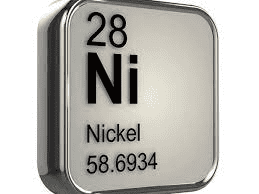At the most basic level, caulk and silicone sealant do the same job: they fill seams, such as creating a seal around a bath or shower or filling gaps around windows, doors and pipes. Caulk and silicone sealant are two different materials, however, and they have different pros and cons that make them great for some jobs and totally wrong for others.
![]()
Silicone
The big advantages of silicone sealant is that it is water-resistant, heat- and cold-resistant, and elastic. Water-resistance makes it perfect for use in bathrooms and kitchens, or in any room with a high moisture level. Sanitary silicone, which contains fungicide, is especially helpful in this type of room and is essential for bathrooms. Silicone’s elastic properties mean it can be used on joints that move, as it won’t crack or tear. Silicone also sticks well to any smooth surface, comes in a range of colours to suit most rooms, and doesn’t yellow with age.
It is important to remember that you can’t paint over silicone, and you can’t add another layer on top once it is dry. If you want a different colour or you have made a mistake with the application, you will need to use a silicone sealant remover to take it up and start afresh.
Caulk
Caulk, on the other hand, often needs a second layer because it shrinks slightly as it dries. Caulk is not elastic or waterproof, so it is best used for joints with little or no movement in low moisture rooms. These properties mean caulk is great for making seams around skirting boards or filling the gaps around built-in furniture in living rooms or bedrooms. As you can paint over it, caulk will blend into any room.
![]()
Caulk dries faster than silicone, which can be a hindrance or help depending on the job. When it is dry, caulk is much harder than silicone; however, it can be removed with a wet cloth while it is still drying, unlike the silicone sealant remover needed for silicone.
This is a quick, top-level guide to the differences between caulk and silicone, with different jobs having different requirements. The best idea is to always check the manufacturer’s instructions for any product you plan to use, which will tell you both how to apply it and ensure it is suitable for the purpose.







